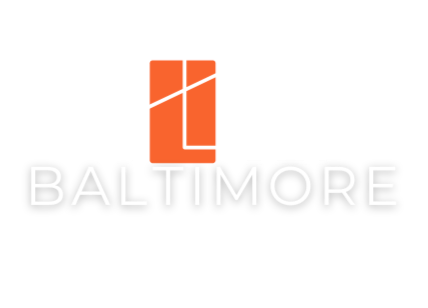The Government Shutdown 2025 vs. Landlords -
What Landlords Need to Know About SNAP, Section 8, and Rental Income Risks
As of November 1, 2025, millions of Americans face uncertainty as the federal government shutdown disrupts key safety-net programs including SNAP (food assistance) and potentially HUD’s Section 8 Housing Choice Voucher Program. For landlords, this isn’t just a headline it’s a potential hit to rental income, tenant stability, and property cash flow. Let’s unpack what’s happening and what you can proactively do to protect yourself and your tenants.
Section 8 Payments: Still Flowing… for Now
Most landlords receiving Housing Assistance Payments (HAP) will continue to get funds at least through early November, because many local PHAs (Public Housing Authorities) already have funds obligated. But if the shutdown drags into December or beyond, HUD’s reserves will thin out. That means:
Late or missed subsidy payments
Delays in new contract approvals
Slower inspections and lease renewals
Solution:
Keep close communication with your local PHA. Ask:
“Are November and December HAP payments funded?”
“What’s the contingency plan if funds pause?”
Keep records of every communication — this will help later if HUD reimburses landlords for missed payments.
Also, don’t ask tenants to pay HUD’s portion which violates federal housing law. Instead, work with tenants to stay current on their portion, and document everything.
SNAP Halt = Rent Risk for Non-Subsidized Tenants
Even if you don’t accept vouchers, your tenants might rely on SNAP for groceries. If food budgets disappear, they’ll struggle with overall bills with rent being one included.
Solution:
Identify at-risk tenants (low-income households, single parents, seniors).
Proactively communicate — offer temporary rent flexibility, like:
Payment plans or short-term deferments
Waiving late fees for verified hardship
Connecting tenants to local food banks or aid programs (state and charity stopgaps may appear)
This empathy can reduce turnover, build goodwill, and preserve occupancy.
Cash-Flow Contingency for Landlords
When the government stops paying, your mortgage doesn’t.
Solution:
1.) Review your reserves — aim for at least 2–3 months of mortgage + expenses covered.
2.) Contact your lender early if cash-flow stress looms; many have hardship or forbearance programs for government-related income disruptions.
3.) Diversify: if multiple units depend on Section 8, balance your portfolio with market-rate tenants to cushion risk.
Lease & Legal Protection
While Section 8 tenants can’t be penalized for subsidy delays, you can still:
Enforce timely payment of the tenant’s portion.
Require tenants to maintain communication about hardship.
Issue conditional notices (as allowed by your state’s law) to document nonpayment cases without acting prematurely.
Consider consulting your real-estate attorney to update your leases with a “Government Non-Payment Clause” for future protection.
Keep Communication Human - It Pays Off
Your tenants are just as anxious as you. Keeping calm, clear, and factual communication builds trust and viral value. Share verified updates, not rumors.
Consider creating:
A short email update for tenants (“What to Expect During the Shutdown”)
A short explainer reel for social media (we can script this next!)
A link to local food and rental-aid resources
Final Thoughts: Landlords Who Lead, Win
Yes, this shutdown is stressful. But landlords who lead with information, planning, and empathy will stand out to tenants, to housing authorities, and even to search engines. Keep calm, document everything, and prepare for resilience because housing stability depends on steady hands like yours.
Stay in the loop -
Subscribe to our Landlord Resilience Newsletter for weekly updates on housing programs, funding, and rental income strategies.


